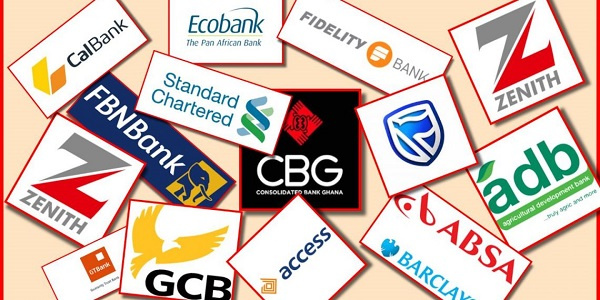Ghana Reference Rate Drops to 17.86% as Borrowing Costs Ease
Ghana’s banking sector has lowered its benchmark lending rate to the lowest level in more than eight years, reflecting easing inflationary pressures and a sharp decline in short-term borrowing costs.
The Ghana Association of Banks said on Wednesday that the Ghana Reference Rate (GRR) had been set at 17.86 per cent for October, down two percentage points from 19.86 per cent in September. The reduction marks a sharp fall from the 29.96 per cent peak in February and is expected to provide relief to businesses and households facing high financing costs.
The reference rate, introduced in 2017 to improve transparency in loan pricing, serves as the basis for commercial banks to set lending rates. The latest cut follows a series of monetary policy moves by the Bank of Ghana, which has lowered its key policy rate by more than 600 basis points this year to 21.5 per cent.
Falling treasury bill yields have also underpinned the shift. The 91-day bill fell to 10.3 per cent in August from 13.4 per cent in July, while average commercial lending rates have eased from 26.6 per cent earlier this year to 24.2 per cent, according to the central bank’s most recent monetary policy report.
Analysts said the decline in the GRR could stimulate credit growth and support business activity, though they cautioned that banks may remain selective in extending loans amid lingering concerns over asset quality.
The maiden GRR was set at 16.82 per cent in April 2017. Despite the latest decline, lending rates in Ghana remain among the highest in Africa, underscoring the challenge of sustaining lower financing costs in an economy still adjusting to fiscal consolidation measures under its IMF-backed programme.








